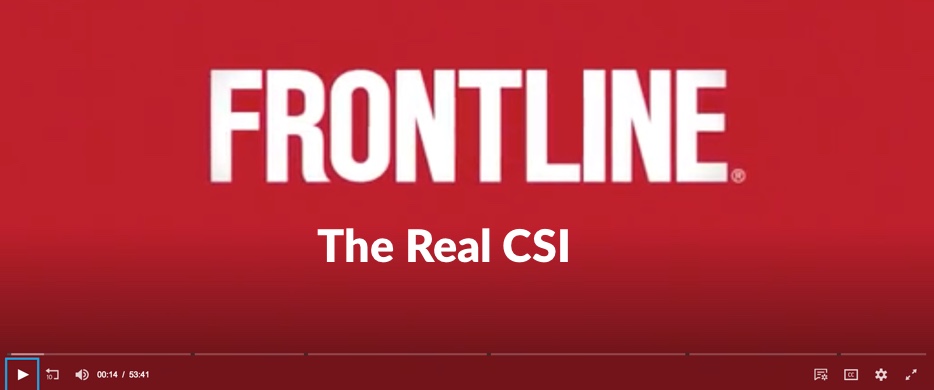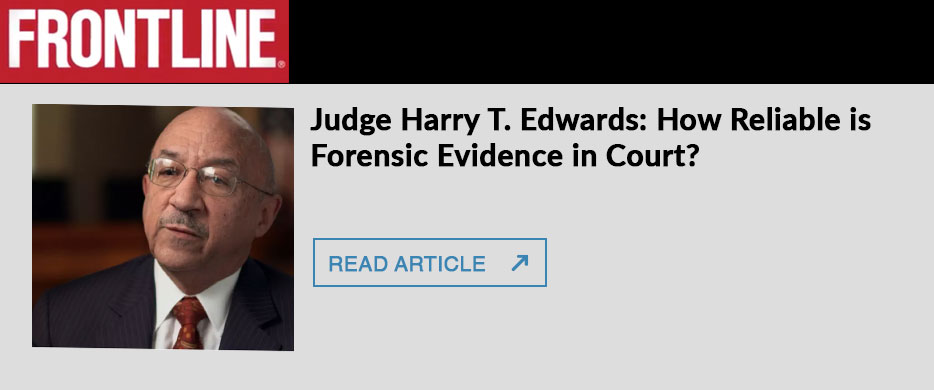
Ten years ago, the National Academies of Sciences, Engineering, and Medicine released Strengthening Forensic Science in the United States: A Path Forward. This landmark report stimulated a national discussion about the need to reform forensic science; fostered a re-evaluation of how forensic evidence is reported in court; prompted increased funding for forensic science research; inspired reforms in practice and procedure for forensic science professionals; and led to re-examinations of forensic techniques that are frequently used in criminal investigations.
VIEW TIMELINE







